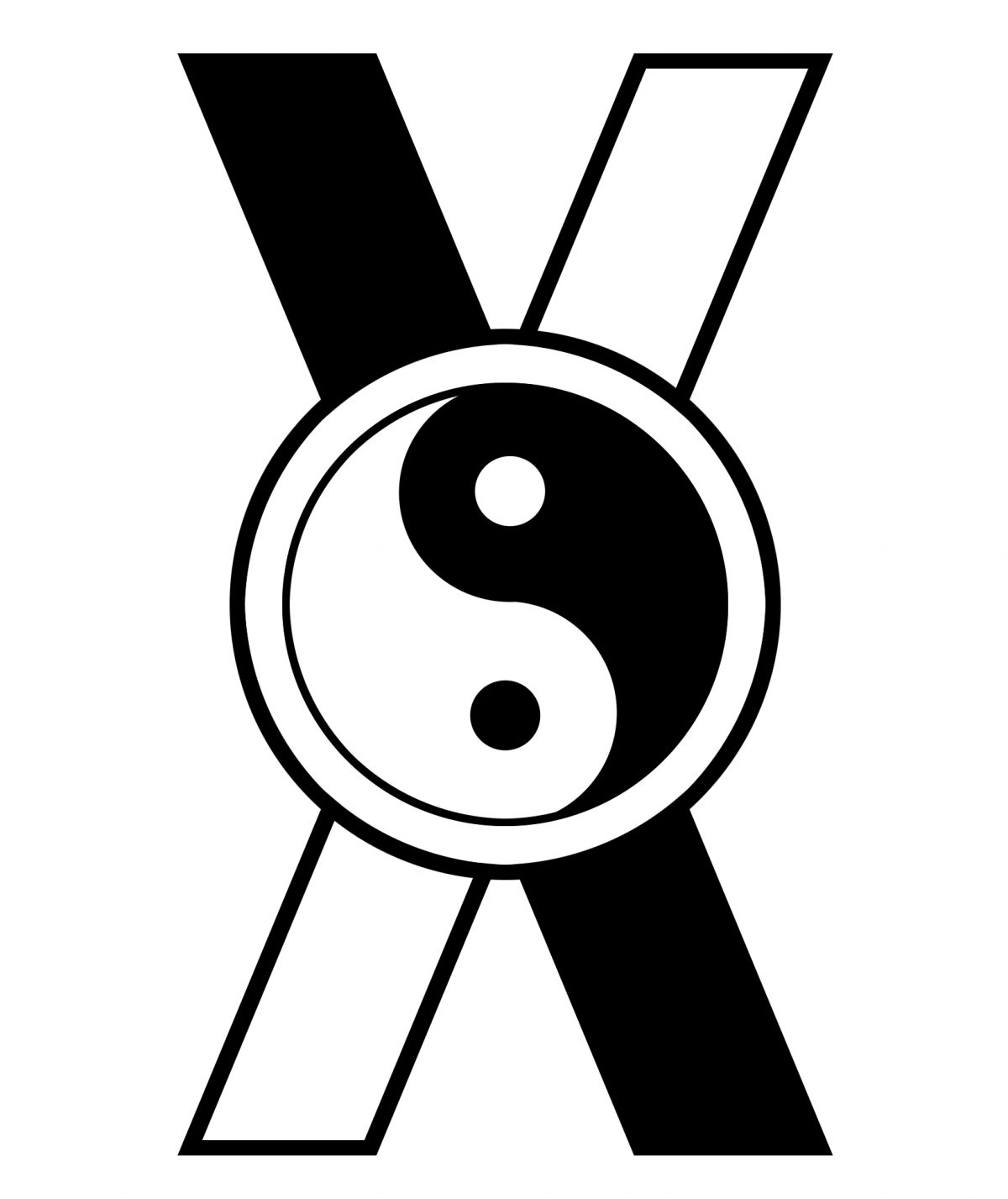As I mentioned several times before, I like to read various Taoist documents as it helps me build a mental “ecosystem.” That ecosystem helps me understand my meditative work, develop philosophical understanding, and better connect to the world. However, I noted another benefit as of late – a feeling of understanding.
I read of historical figures whose tales border on or are legend, often presented by Taoist writers as examples or cautionary tales. I find some of them relatable, in virtues, in flaws, and in experiences. Across the centuries, the aeons, I feel kinship, even in my own mistakes.
There are authors who comment on their experiences, plans, and desires. There, reading a book from a thousand years ago, I get them. I understand what they’re trying to do, what they’re experiencing, and even their mistakes. Sometimes you learn a lot by going “I understand why you said that” and “been there.”
Then there’s all the advice and observations these ancient Taoist writers provide. Timeless stuff, the same observations, even the same issues, are things they wrote about and things I learn about now. It’s not just that it’s useful, someone wrote it down to help others, someone going through what I went through.
Then when you look at these books hundreds or thousands of years old, you realize that you have it because of a chain of scribes and printers transcribing it. Someone made sure you had this book, dipping their pen into ink, arranging blocks on the press. You have that book because of people who did that – and if you’re someone like me, that’s someone like us.
Finally, there’s the translators, some of whom leave their own notes and commentary, sometimes even their own experience getting the book done. These are the people that made sure you can read the book – and make sense of metaphors, cultural tropes, and so on. They did this for a reason.
All these books make me feel not just informed, but less alone. There’s people like me, people who I get and relate to. Whatever wisdom I gain from their works and efforts, I also gain a sense of camaraderie.
Maybe this also explains some of the thrill I get sharing books that matter to me. A book may find someone who connects to it like I do, and there’s one more person feeling that connected to all those who came before.
-Xenofact
